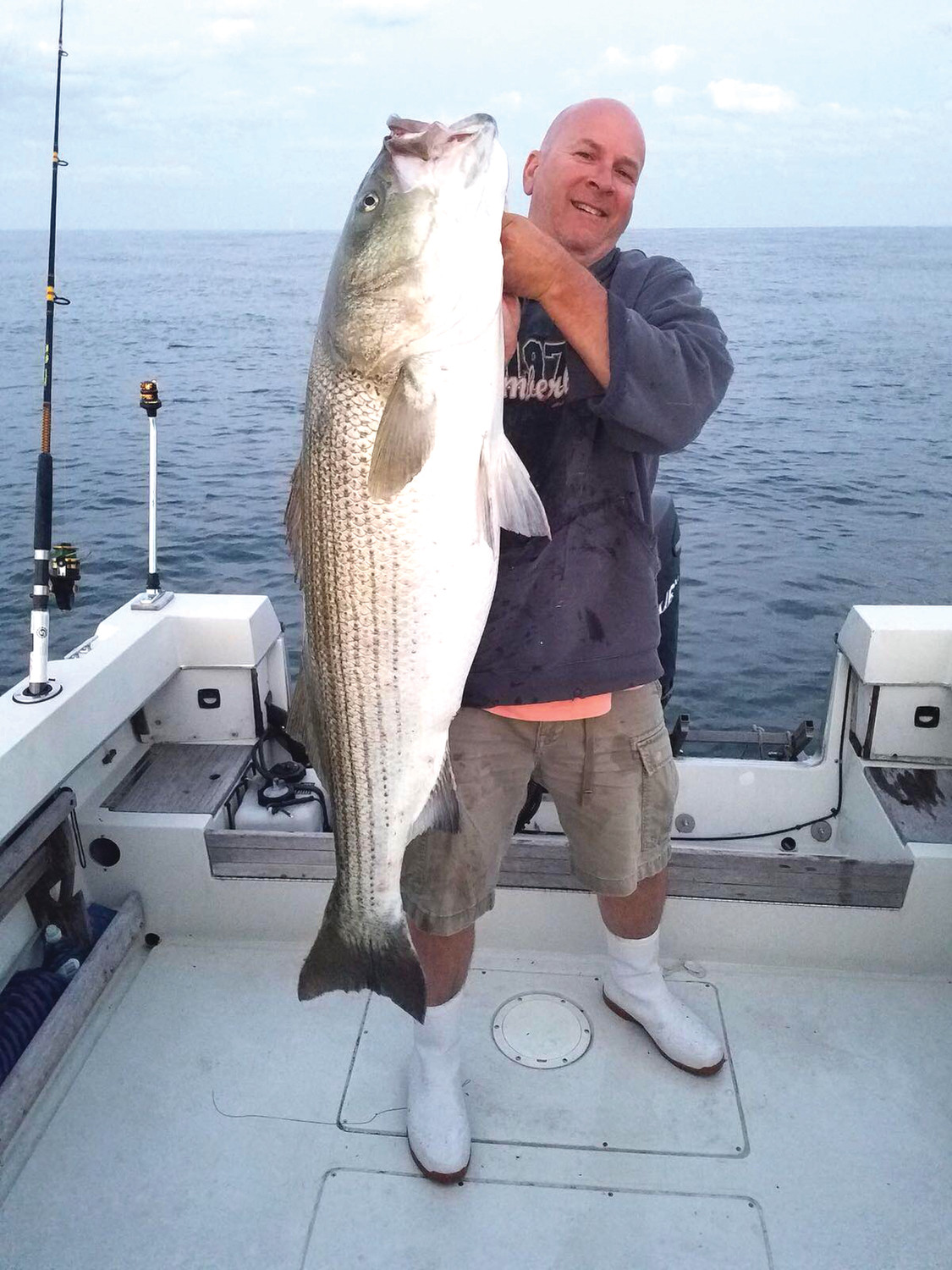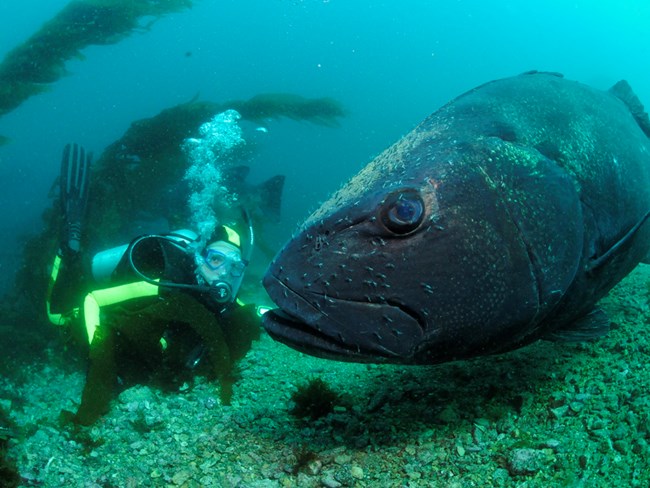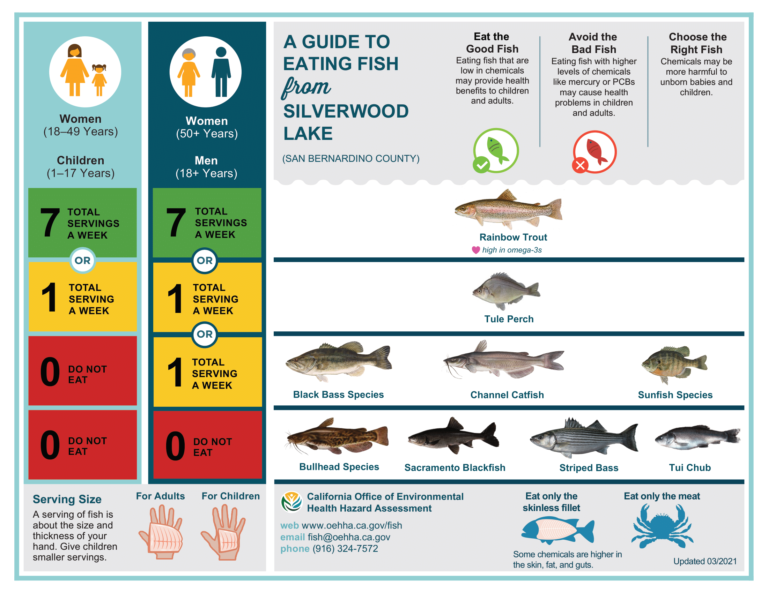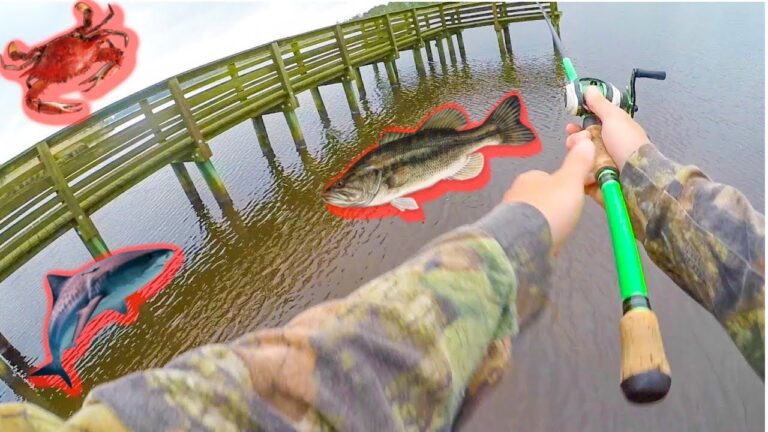How Big Do Sea Bass Get

Sea bass can grow up to 500 pounds and 8 feet long. The average sea bass is typically smaller, weighing around 10 to 20 pounds.
Sea bass, a widely sought-after fish, encompasses various species thriving in different marine environments. From the black sea bass found along the U. S. Atlantic coast to the giant sea bass of the Pacific, these creatures are a favorite among anglers and gourmets alike.
Their impressive size and challenging nature make them a prized catch. As predators, they play a crucial role in their aquatic ecosystems, balancing the marine food web. Due to their popularity, some sea bass species face threats from overfishing, making conservation efforts essential. Understanding the habitat, behavior, and growth patterns of sea bass is vital for sustainable fishing practices, ensuring these majestic fish continue to flourish in the world’s oceans.

Credit: warwickonline.com
Big Fish Tales: Sea Bass Size
Sea bass can reach impressive sizes, often astonishing fishermen. Record catches tell tales of giant sea bass, creating legends among anglers. These ocean dwellers grow larger in deep waters, where they can thrive for years.
| Type of Sea Bass | Maximum Length | Maximum Weight |
|---|---|---|
| Black Sea Bass | 24 inches | 12 lbs |
| Giant Sea Bass | 7.5 feet | 563 lbs |
| Striped Bass | 4.6 feet | 125 lbs |
Anglers dream of landing a trophy sea bass. These large fish test skills and gear, providing a thrilling challenge. The sheer size of a massive sea bass is a sight to behold, often outweighing an adult human.
Species Spectrum
The sea bass family offers a rich variety of fish. Each species has its own size range. Black sea bass are often under 24 inches. This is almost the size of a large ruler. They can weigh up to 8 pounds.
The giant sea bass can grow very large. It can reach lengths of up to 7.5 feet! That is taller than most humans. They may weigh over 500 pounds too.
Striped bass also boast impressive sizes. Typically, they measure up to 4 feet, weighing up to 77 pounds.
| Location | Size Range |
|---|---|
| North America | 2-3 feet (average) |
| European waters | Can be slightly larger |
Growth Patterns
Sea bass show varied growth rates from juvenile to adult stages.
Their size increase depends on several factors including diet, habitat, and genetics.
A rich diet, with plenty of prey, can mean bigger and healthier sea bass.
Sea bass living in optimal habitats grow faster than those in poor environments.
Genetics also play a critical role in their potential growth size.
| Age (Years) | Average Length (cm/in) | Average Weight (kg/lbs) |
|---|---|---|
| 1-2 | 10-20 cm / 4-8 in | 0.5-2 kg / 1-4 lbs |
| 3-4 | 20-40 cm / 8-16 in | 2-4 kg / 4-9 lbs |
| 5+ | 50+ cm / 20+ in | 5+ kg / 11+ lbs |
These numbers can vary based on the specific species of sea bass.

Credit: www.onthewater.com
The Giants Among Us
The largest sea bass species can reach impressive sizes. Sea bass grow to be quite massive with lengths usually exceeding 2 meters. It’s not rare for them to weigh more than 50 kilograms.
These giants boast a girthy build with a broad head and large mouth. Their scales shimmer with a mix of greys and browns. Juveniles display a more vibrant color pattern which fades as they age.
Concerning their diet, large sea bass are not picky eaters. These mammoth fish feast on crustaceans and other smaller fish. Their gape-and-suck technique enables them to trap prey easily.
Fishing For Answers
Sea bass sizes can vary widely. Many factors influence their growth. These include food availability and water conditions. Sea bass can reach impressive sizes. Researchers have recorded sea bass growing over 20 pounds. This data is crucial for understanding their life patterns.
Sea bass growth tracking often involves angler reports. Anglers contribute valuable information on sea bass sizes. This helps in assessing healthy fish populations. Angler catch data often provides insights into the maximum sizes that sea bass can achieve.
By marking and releasing caught sea bass, anglers assist scientists. This practice helps in studying sea bass growth over time. Tagged sea bass sightings by anglers are incredibly useful for research.
Protecting The Behemoths
Sea bass can grow significantly large, but their size is often limited by fishing practices. By adopting sustainable fishing, we protect these aquatic giants. Practices like catch and release, size limits, and seasonal fishing restrictions are crucial. They ensure the survival of larger sea bass species.
Marine protected areas (MPAs) are vital as they provide a safe haven for sea bass growth. MPAs limit human activities, allowing sea bass to reach their maximum potential size. Educating fishermen on the importance of these zones helps maintain sea bass populations.
The impact of sustainable fishing is clear. A balance in the ecosystem is possible. Fishermen, too, benefit from larger, healthier sea bass stocks in the long term.

Credit: www.nps.gov
Frequently Asked Questions Of How Big Do Sea Bass Get
What Is The Largest Sea Bass Ever Caught?
The largest sea bass ever caught weighed 563 pounds (255 kilograms), landed off the coast of Virginia in 1989.
What Is The Average Size Of A Sea Bass?
The average size of a sea bass ranges from 12 to 30 inches, with weights varying between 2 and 20 pounds.
Is Sea Bass A Large Fish?
Sea bass typically reach a moderate size, with many species averaging 50-100 cm in length.
Can You Eat Giant Sea Bass?
Yes, you can eat giant sea bass, but their populations are vulnerable, so responsible consumption is crucial. Check local regulations and sustainability practices before consuming.
Conclusion
Wrapping up our deep dive into the world of sea bass, these fish can indeed reach impressive sizes. With potential lengths of up to 3 feet and weights surpassing 20 pounds, sea bass are a fascinating subject for anglers and marine biologists alike.
Always remember, responsible fishing practices ensure these creatures thrive for generations to come. Keep exploring and respect our oceans!





